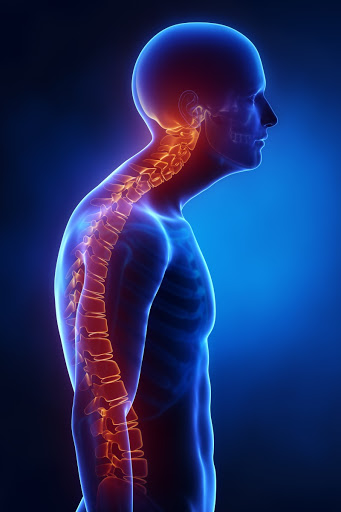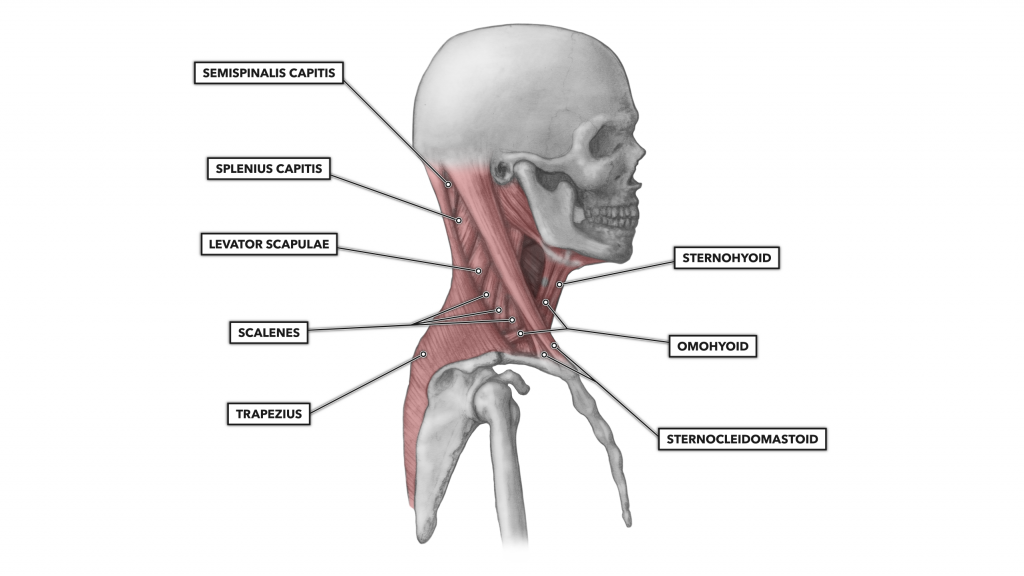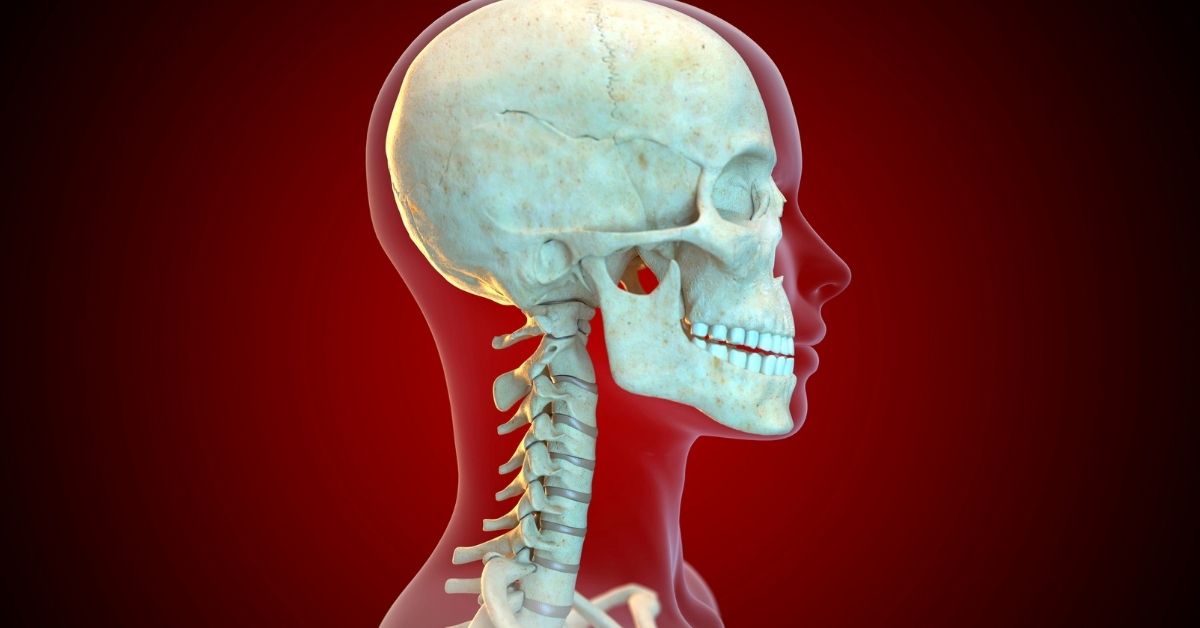Cervical Stabilization: 10 Cervical Stabilization Exercises – Deep Flexors, Erector Spinae, Shoulder Blade Retractors
Why Do You Need Cervical Stabilization?
If your neck slants forward, and your head pokes in front of your shoulders instead of resting directly above them, you likely have what is called “Forward Head Posture”.
The muscles around your neck have an important task to hold your head up. This position can strain your neck muscles and load dozens of extra pounds of pressure on your cervical spine, increasing the risk of spinal degeneration.
Over time, forward head posture can lead to muscle imbalances as the body tries to adapt and find efficient ways to hold the head up for straight-ahead vision. Some muscles become elongated and weakened, whereas other muscles become shorter and tighter.

Bring Back The Balance
Chronic neck pain is observed to be commonly connected with with forward head posture (FHP). Rib cage mechanics is found to be altered that decreases thoracic mobility. This reduced mobility of thorax reduces the effectiveness of diaphragm, intercostals, and abdominal muscles in terms of ventilation.
Cervical spine stabilization is a phrase applied to a variety of different techniques used in the cervical spine (the neck) to reduce or eliminate instability. Instability can be caused by degenerative disc diseases, injury, trauma, herniated discs and more.

Common muscles that elongate and weaken due to long-term forward head posture include:
Deep Cervical Flexors
These muscles, also called the longus capitus and longus colli, are located along the front of the cervical spine and help stabilize the neck. When weakened, the deep cervical flexors lengthen as the chin tilts away from the neck, often called “chin poking.”
Erector Spinae
These are extensor muscles attached to the back of the lower cervical spine and upper thoracic spine. The erector spinae play a key role in rotating and straightening the spine. When the erector spinae muscles lengthen and lose strength, they are less capable of keeping the neck and upper back from hunching forward.
-
Shoulder Blade Retractors.
The middle trapezius and rhomboid muscles in the upper back help bring the scapulae (shoulder blades) backward to keep the shoulders back and chest open in good posture. Weakened trapezius and rhomboid muscles allow the shoulder blades to tilt forward, further contributing to hunched shoulders and forward head posture.
Here are a few activities that can help you stabilize your Neck with significant focus on Deep Flexors and the Erector Spine

